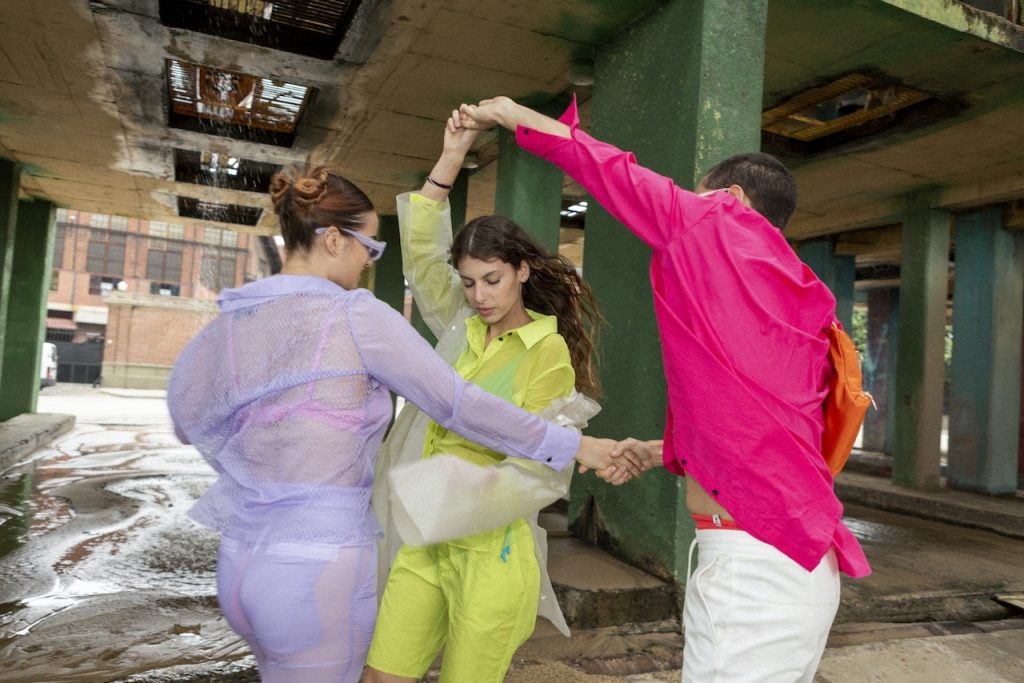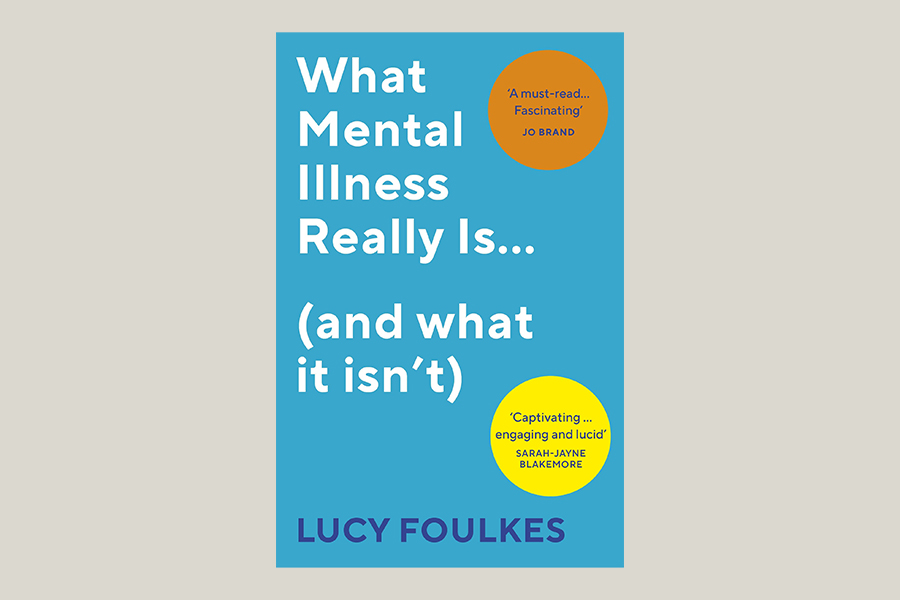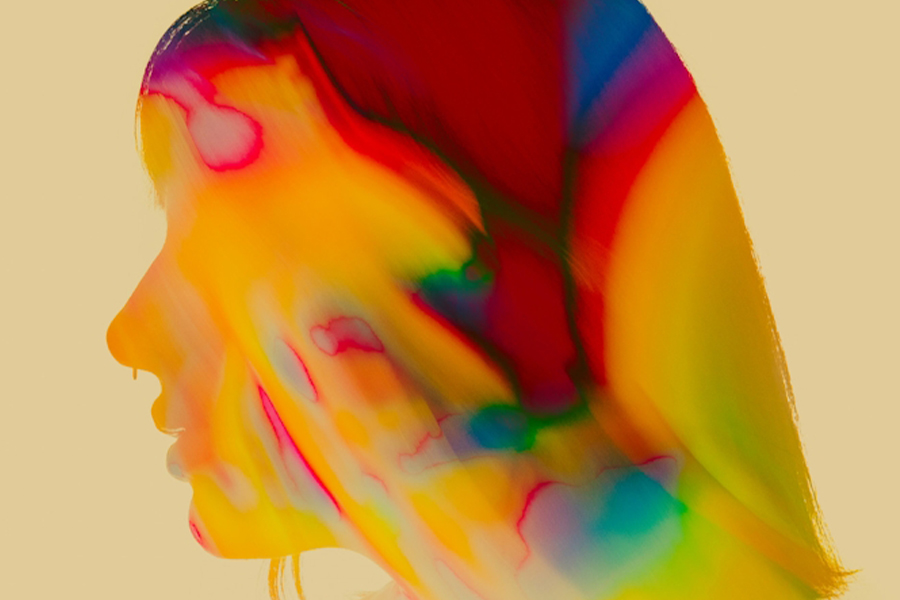Recently I was blown away by a talk / community event run by the neuroaesthetic creative genius Katherine Templar Lewis.
Katherine and Robyn Landau at Kinda Studios want to create an “army of scientists and artists” to share ideas on “how humans interact with the world so we can create better experience design” – just like the WXO.
Katherine was also part of the genius team behind The Uncertainty Experts documentary series, which dived into the science of interoception and its importance in mastering uncertainty.
Now, she was interviewing the pioneering interoception researcher Jenny Murphy at Royal Holloway, University of London
Here are a few of my highlights:
👅 STRETCH out your tongue and throw back your head to stimulate dopamine. Getting us to do this, Katherine then declared, “Now we’re doing drugs together!”
😲 OXYTOCIN is NOT the “cuddle drug”. It does bind people together, but it’s so much more. It comes when…
👯 … people dance together, it makes them want to PROTECT each other.
🔫 … people march together, it makes them want to KILL for each other.
💕 SYNCHRONY is powerful for happiness (the social and the physical are intimately linked…), as seen in work by Derek Lomas and Henny Lee & Martha Newson, whose rave culture research shows the power of dancing together (Wim Strijbosch’s work on IRL vs virtual vs IRL/virtual twinned experiences is along similar lines).

👃 👀 👅 HOW MANY SENSES are there? There’s a lot of noise on how many senses there are. 32… 57… 81??? But Jenny Murphy says there are 8: the classic 5 + interoception + proprioception + vestibular. (All the rest are just subsets of these.)
🔁 INTEROCEPTION is deeply connected to emotions; the relationship between emotions and interoceptions is bi-directional, thanks also to the “expectation effect” (as coined by David Robson – read more about it in Campfire 53: The Startling Ways That Expectations Shape Experience).
👱♀️ The “GOLDILOCKS of interoception” is that you should pay attention to what’s going on inside you, but not too much.
🙉 ANOTHER immersive audio example! Jimmy Kyriacou’s FutureSound blindfolded 400 people and played a 45-min composition.
📏 Henny Lee and mirko febbo are measuring the impact of Brian d’Souza’s generative music (reminding me of some of the work being done by Paul Zak – see Campfire 79: The Science Of Extraordinary Experiences for more).
✏ NEW WORD! “Salutagenic” is Tom Middleton’s coinage to describe the sort of functional sensoryscapes he’s designing using neuroscience and behavioural psychology.
📖 NEW BOOK! I asked, “What to read after Lisa Feldman Barrett’s How Emotions Are Made?” Without a moment of hesitation, Jenny Murphy said Dr Lucy Foulkes’s What Mental Illness Really Is… (and what it isn’t). Ordered.

And why is this all so important?
Well, the WXO was founded on the belief that when the art, science and business of experiences come together, we create something extraordinary.
And as our piece on the functional experiences trend explains, we think there’s great potential for this kind of experience to not only have a great impact on our bottom line, but also on people’s lives. Stay tuned for more as the trend develops…
Interested in how science can inform experience design?
Don’t miss Season 6 of the WXO Campfires, where we’ll be hearing from experiential creative agency We Are Collider on the behavioural science that unlocks brilliant experiences, and Theater of the Mind Director Andrew Scoville on how he built an immersive, neuroscience-themed experience that’s a playful intersection of art and science, based on lab research.





